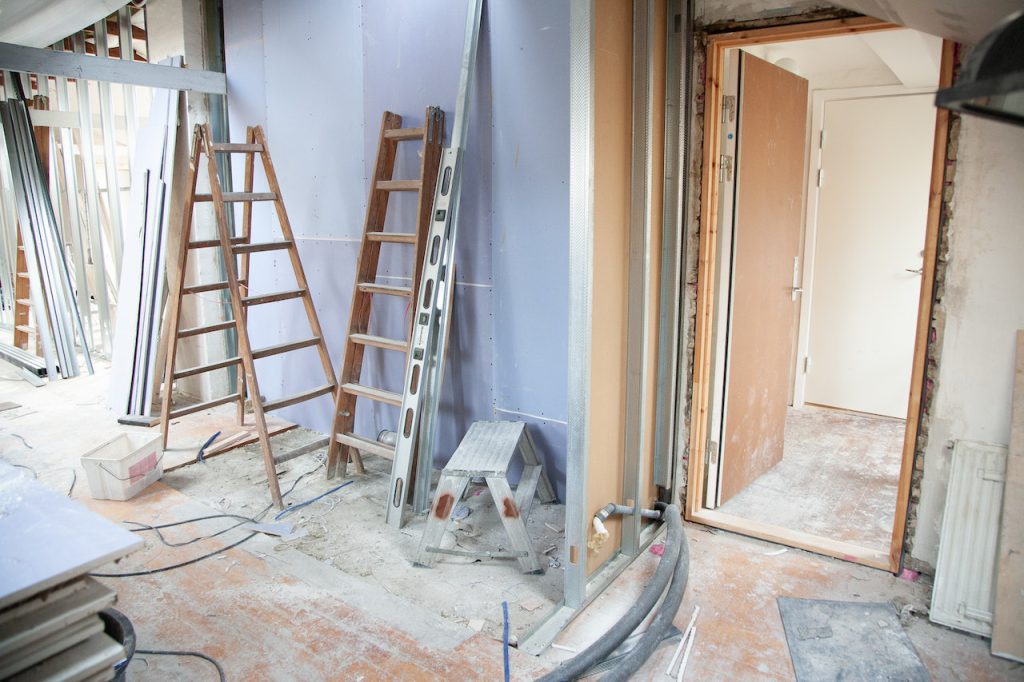Home renovations can be overwhelming, but breaking it down into smaller steps helps make the process much more manageable. In this article, we discuss some of the most important steps involved in a successful home renovation. From budgeting and initial planning to selecting materials, hiring contractors, and finishing touches, we outline each step in detail so you know what to expect throughout your project. Read on for expert advice on making your dream renovation a reality!
Table of Contents
ToggleThe Remodeling Process
Remodeling is a big work, whether it’s a room or your whole house, and most projects require similar steps. This outline will help you be prepared.
Step 1: Plan
- Decide whether you want to use an architect, a designer-builder or other professionals to translate your vision of remodeling. Come up with a concept you love, within your budget.
- If you have planned the room yourself, pick a contractor that you have a good working relationship with.
- Finalize a budget and stick with it.
Step 2: Implement
- Meet with your contractor to review the feasibility design plan and/or suggestions that might improve flow or keep costs.
- Select materials and products for the project, particularly those that are required immediately and those that require a lead time of several weeks (such as cabinets).
- Offer the contractor time to draw up a comprehensive construction schedule, apply for building permits, and round up the crews.
- Meet the supervisor or production manager at your contractor’s worksite and establish good contact. That person is likely to be your main contact during the entire project.
Step 3: Confer
- Arrange a pre-construction conference for you, the contractor, and his job-site supervisor, the architect or designer, and any key subcontractors that will work on your project — in short, anyone that needs to be in the loop.
- Tour the key players in your house and go over exactly what needs to be done. If something changes from the plans, take notes and submit follow-up memos.
- Set the ground rules between you, the contractor, and the worksite supervisor for your project.
Figure out a communications plan:
1. Decide who your primary contact person is (usually the job-site supervisor)
2. Place a contact notebook in a prominent location; review it each day for comments from the crew, and include your comments and questions as well.
3. Set up a weekly contact schedule between you, the contractor, and the job-site supervisor.
Step 4: Set Up
- Remove personal belongings from that area of work.
- Set up a mini kitchen in another part of the house where appropriate.
- Place a garbage bin, portable toilet and building fence in place.
- Make space for large items, such as rafters or drywall, that are being shipped here.
Step 5: Demolish
- Your room or house is getting the wrecking crew’s attention.
- Plastic sheeting separates the demolition area from the rest of the house; test it regularly to keep it as airtight as possible, or you’ll get dust and debris everywhere.
Step 6: Rebuild
- The foundation is prepared by the crew; frames the walls, floors, and roof; and installs windows.
- The plumbing is roughened in; electrical, telephone, and cable lines are running; and HVAC system conduits are installed.
- Insulation is applied between studs and rafters; drywall is placed on walls and ceilings, then painted, mudded, sanded, and coated; and underlay is placed on floors.
- The house is lined and roofed.
- The crew finishes surfaces on the wall and ceiling; installs shelves, doors, and window trimming; and hooks appliances and light fixtures.
- The top flooring layer is installed, and the plumbing and electrical systems are completed.
Step 7: Follow Through
- Tour the remodeled space with your contractor, list any details that need to be completed and any errors that need to be corrected; maintain a detailed list.
- Complete a final inspection with the contractor, signing the preliminary walk-through things off.
- Go through equipment instructions, and discuss warranties.
- Let the new room take a few months to settle in. Make sure all devices are operating properly, and watch for cracks or nail pops from drywall. For any follow-up repairs, call back the contractor; good contractors will check back regularly to make sure everything is safe.
Well, there you have it, a comprehensive guide to the steps involved in renovating your home. We hope this has been helpful for our readers who are embarking on their own home renovation journey. As always, thanks for reading and be sure to check back soon for more great content!



